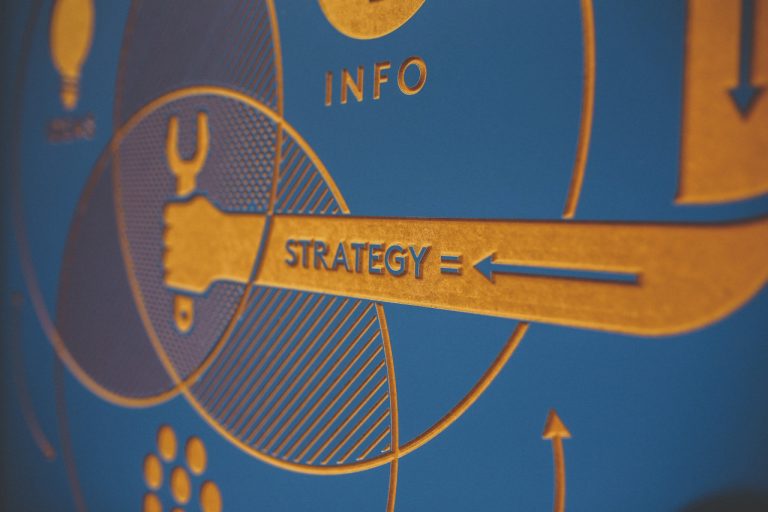Last Tuesday the whole world watched the United States with baited breath for the results of the presidential election. Many of us at Kumulos (BaaS) stayed up well into the night (UK time) to watch the results come in (and deal with a few tech support requests from our mobile backend as a service customers whilst we were waiting).
Barack Obama won the US presidential election to go into office for a second term. His victory tweet and attached picture of he and his wife Michelle embracing was retweeted more than 800,000 times, making it the most times something has been retweeted ever.
But of course you knew that.
You also maybe knew that this campaign has been the most technologically active presidential campaign ever seen, with both candidates jumping on the bandwagon technologies of the internet and mobile apps and devices in a way we’ve not seen before.
Obama especially seemed to want to embrace the modern communication age, participating in a now famous AMA on Reddit that broke the forums multiple times and catapulted him into a new brand of internet fame as younger voters saw this as a real attempt on his part to engage with them.
Even the funding that the two campaigns received, according to the Pew Internet & American Life Project, was largely received through online (50%) or mobile donations through apps and text (10%). Considering that these campaigns had enough funding to support a small country, these numbers are pretty impressive and show just how much we’re now using technology in even the most important of events.
What was amazing though, was the massive leap to adopt mobile technologies and especially mobile apps into the race.
There were as many election news apps are there were news organisations to create them, with everyone able to download their favourite rag’s version of the election polls and news thus far.
There was a web app created by The Sunlight Foundation for people to make their own voting plan. It had information on every candidate running, from presidential to state legislative contests and everything in between and included information on who the various contributors to each candidate were broken down by industry and also endorsements from groups local to the user’s area. It also allowed users to share their voting plan, once they had created it, across various forms of social media; the obvious intention to let friends see how you were voting which then encouraged them to vote also.
The candidates themselves also had their own apps of various descriptions.
For Romney he had the Romney-Ryan campaign app that did what you’d expect from a candidate’s app. It provided information on Romney and Ryan, their histories and political stances, recent election news and headlines along with links to some videos and opportunities to read blogs and engage in social media to do with the campaign.
Romney also, as some of you may remember, also announced his VP pick of Paul Ryan first through the “Mitt’s VP pick” mobile app.
For his own part, Obama’s campaign had the same standard mobile app as Romney, with information, news, headlines, videos and links to blogs and social media. One thing that could be said about the Obama app was its heavy emphasis on calls to action, to try to get voters out of their houses and into election booths.
In addition to this, the Obama campaign also had an app for its grassroots supporters and campaigners to use when canvassing. It allowed them to download a list of names and addresses from the campaign headquarters and then immediately go out and start knocking on doors. Campaigners could register new voter names and send three responses as to where the person at an address was Positive about voting for Obama, on the fence or not going to. By using mobile internet the app could beam this information back to the campaign headquarters and they could start instantly putting together a picture of what areas of the country and specific local neighbourhoods looked like in terms of voting preferences.
It’s now being said in post-election analysis that it was the Democratic grassroots campaign that really won the election for Obama. That by providing so many ways for those with an interest to campaign on his behalf, he created a stronger voting demographic, and one that was much more likely to bother going out and voting on the day. By using technology to give those who were motivated the means to spread the word, the Democratic campaign may have just shown the world the importance of modern mobile technology on the global stage.
What this also means, of course, is that from now on every major political event is going to have a host of apps launching to track them. And you could be at the forefront of that app host, with Kumulos’s Mobile Backend as a Service ready and waiting to help you turbo charge your development and make sure that your app is one of the first (and best) out of the gates. And once it’s launched, we can give you advice on how to market and manage your app business, along with that all important tech support along the way.
So why not sign up today?
After all, time is money, and we can save you both.


